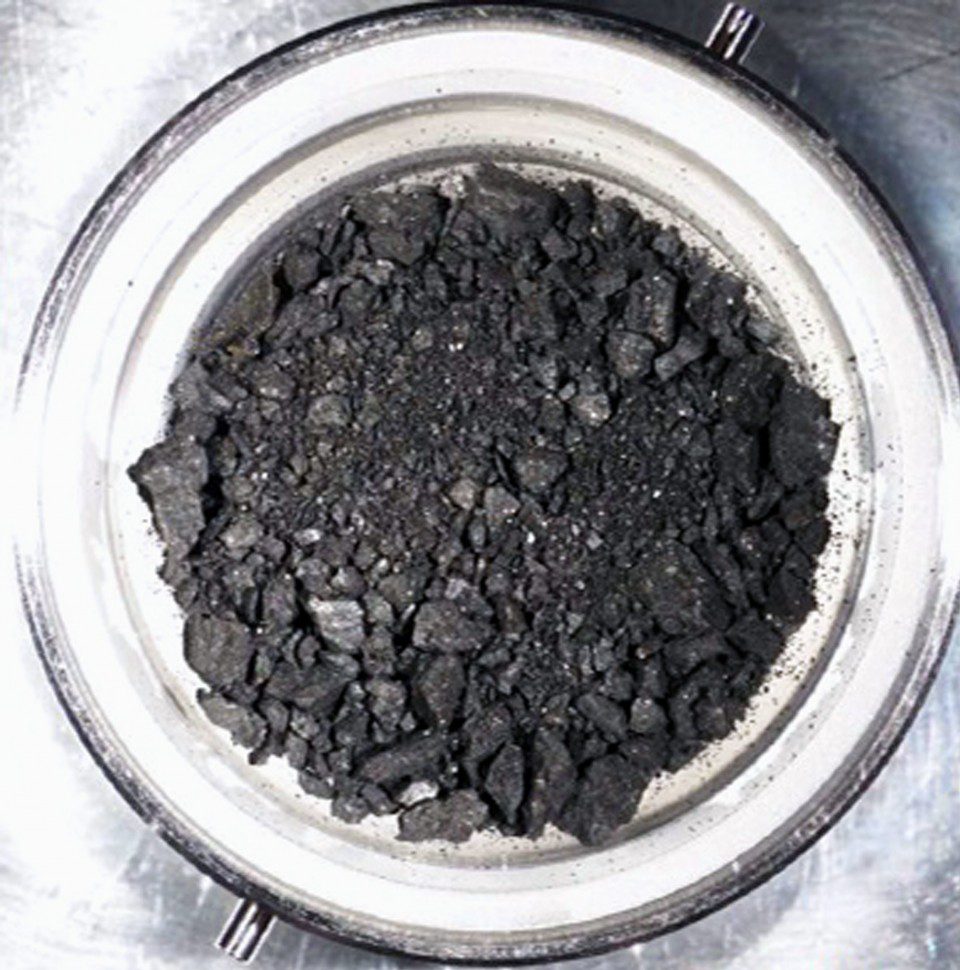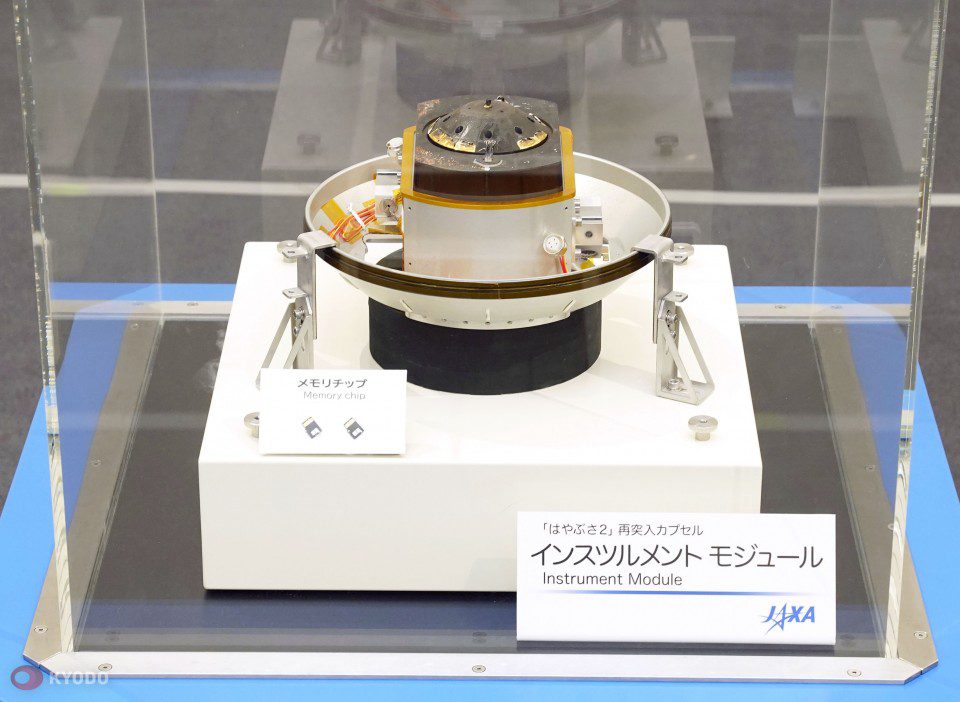More than 20 types of amino acids have been detected in samples of the Japanese space probe Hayabusa 2 that brought it to Earth from an asteroid in late 2020, an official said Monday.
The Ministry of Education official said the discovered acids are very important materials for living organisms and can hold clues to understanding the origins of life.
In December 2020, the capsule carried by Hayabusa 2 on a six-year mission transported more than 5.4 grams of surface material to Earth from the asteroid Ryugu, located more than 300 million km away.

File picture of the asteroid Ryugu captured by Hayabusa 2 in November 2019 (Photo courtesy of JAXA) (Kyodo)
The Ryugu probe aims to unravel the mysteries of the origin of the solar system and life. Previous analysis of the samples indicated the presence of water and organic matter.
The full investigation of the sample was launched in 2021 by the Japan Aerospace Exploration Agency and research institutions nationwide including the University of Tokyo and Hiroshima University.
Amino acids are substances that make proteins and are indispensable for life.
Although it is not known how the amino acids got to ancient Earth, one theory is that they came by meteorites, with the amino acids discovered in a meteorite found on Earth. But there is also a possibility that they are fixed to the ground.

The file image shows samples brought to Earth by the Hayabusa2 space probe from the asteroid Ryugu. (Image courtesy of JAXA) (Kyodo)
Hayabusa2 delivered subsurface materials to the ground without exposing them to outside air after collecting samples that were not weathered by sunlight or cosmic rays.

A capsule used to send asteroid samples back to Earth from the Japan Aerospace Exploration Agency’s Hayabusa2 space probe is shown to the public at Sagamihara City Museum, Kanagawa Prefecture, March 12, 2021 (Kyodo)
The discovery of amino acids showed for the first time that they are present on an asteroid in space.
Hayabusa2 left Earth in 2014 and reached its fixed position above Ryugu in June 2018 after traveling 3.2 billion kilometers in an elliptical orbit around the sun for more than three years.
The probe landed on the asteroid twice the following year, and collected the first-ever subsurface samples from an asteroid.
Related Coverage:
JAXA announces a “big discovery” about asteroids next spring




/cdn.vox-cdn.com/uploads/chorus_asset/file/25550621/voultar_snes2.jpg)


More Stories
Watch a Massive X-Class Solar Explosion From a Sunspot Facing Earth (Video)
New Study Challenges Mantle Oxidation Theory
The theory says that complex life on Earth may be much older than previously thought.